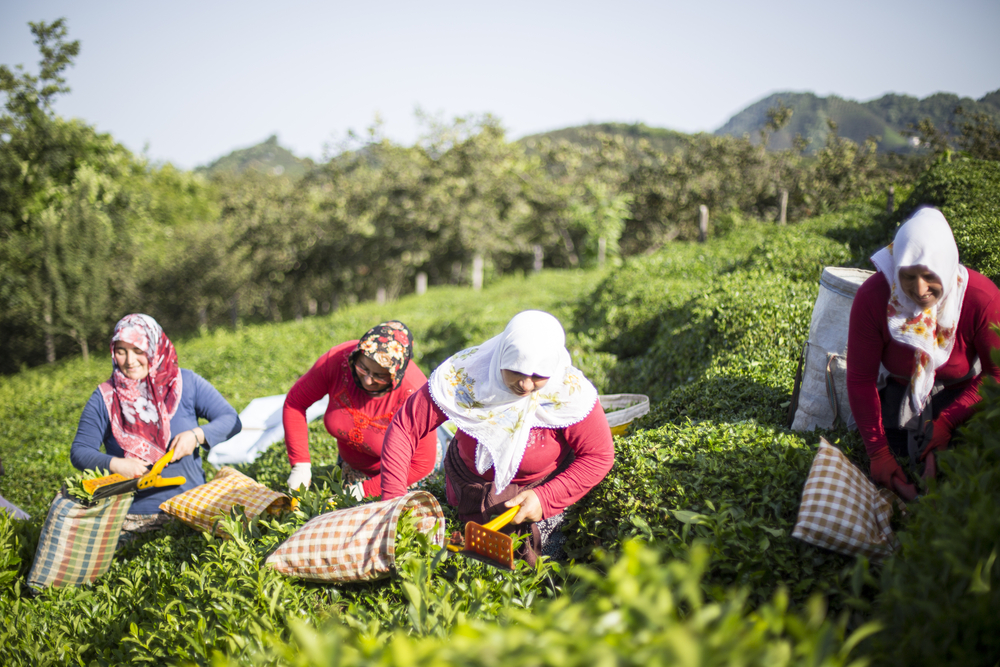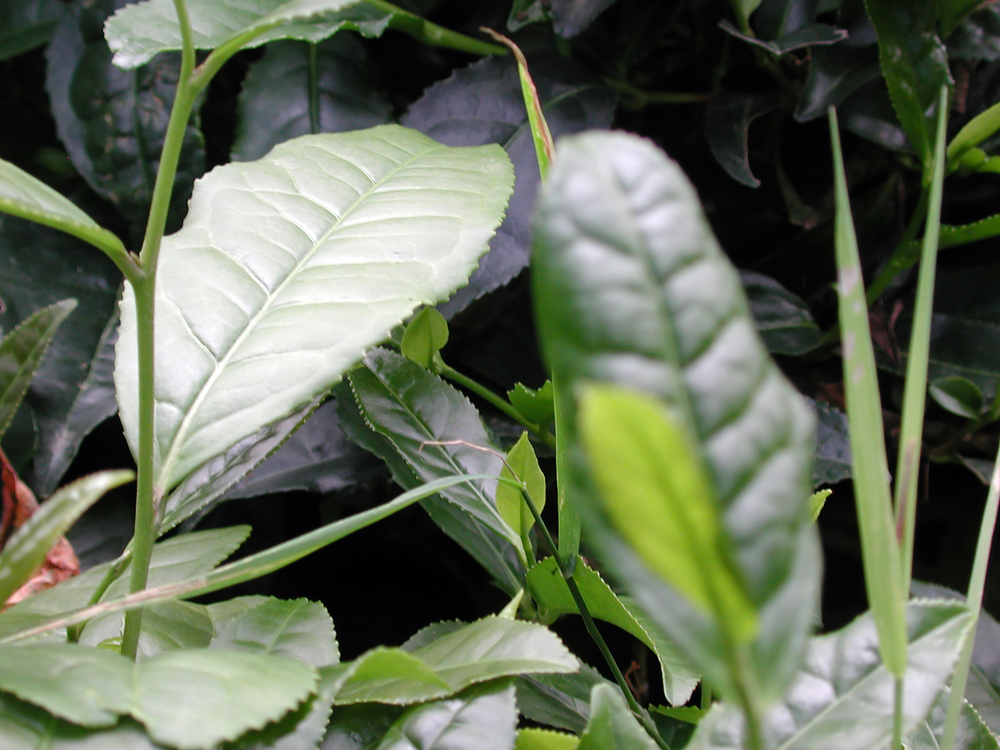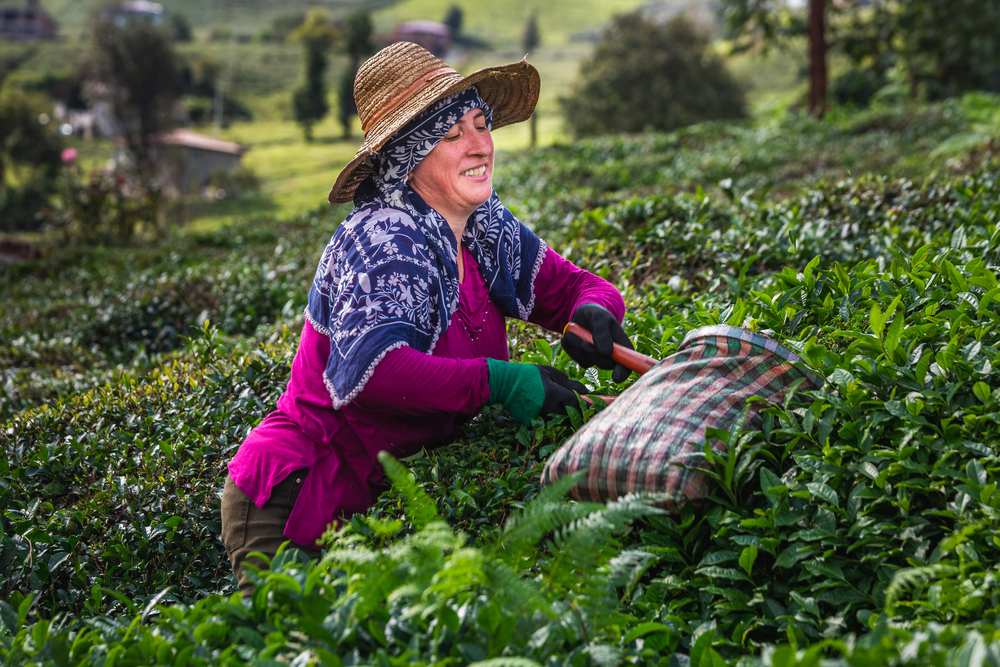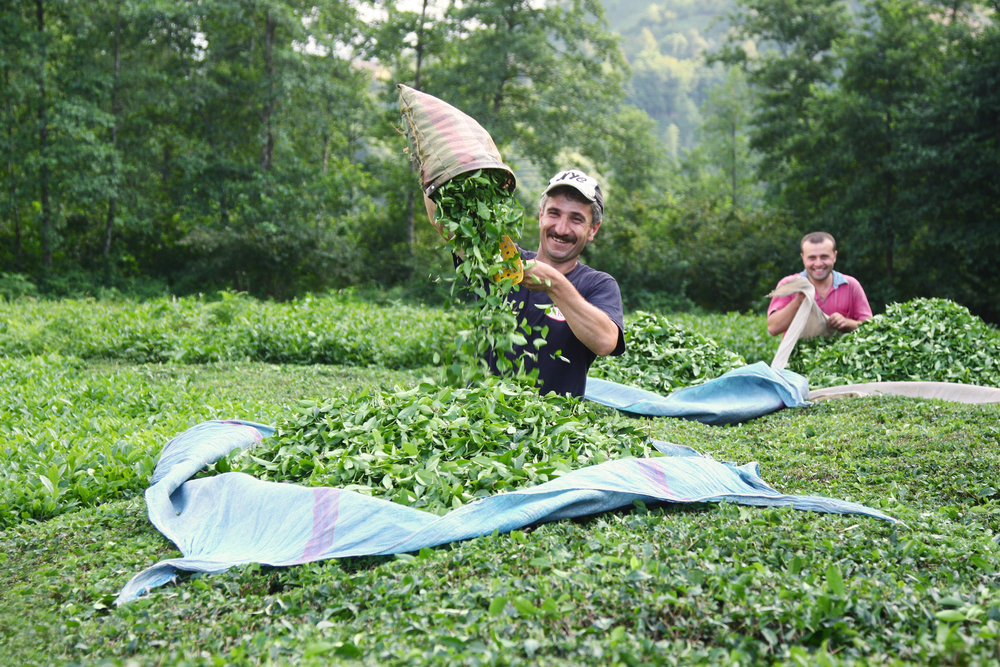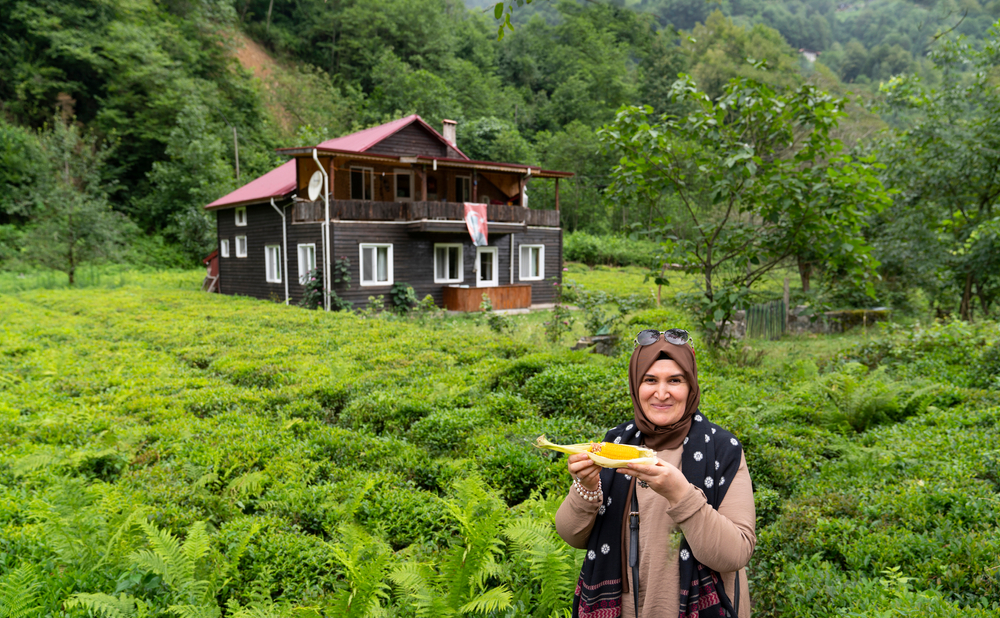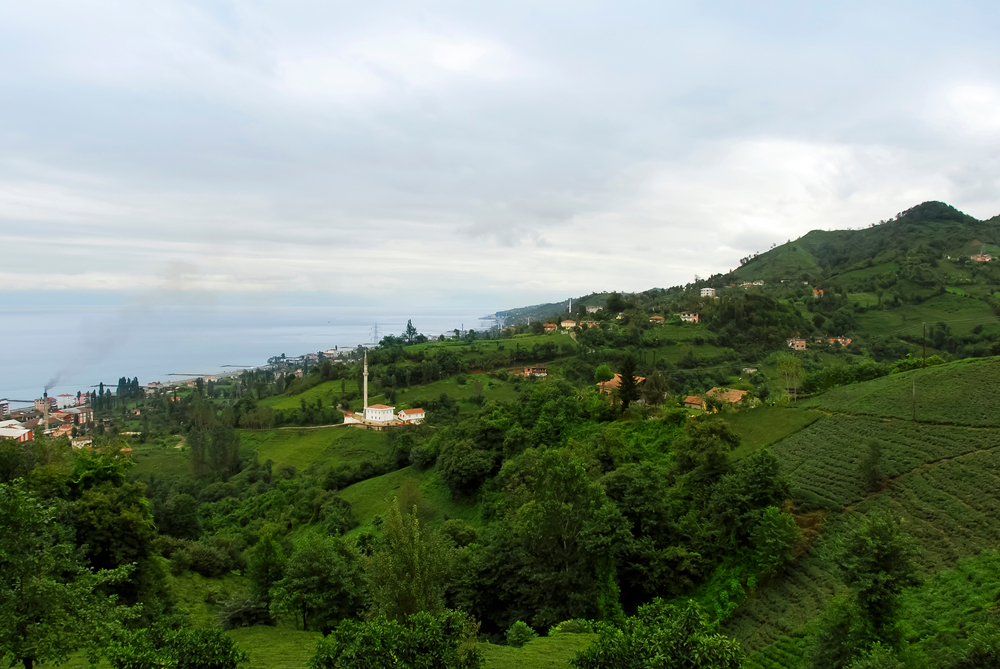Turkey: tea harvesting
18/08/2021, Redazione
In the territories bordering the Black Sea in Turkey, tea is harvested three times a year, in May, July and September. A photo-reportage
Çay (tea) is the most popular drink in Turkey. Served in its typical tulip-shaped glasses on metal, plastic or ceramic saucers with sugar cubes, it accompanies every moment of the day and every chat.
Turkish tea is mainly harvested by hand in the region east of the Black Sea (Karadeniz) which includes the cities of Giresun, Trabzon, Rize and Artvin. It is largely grown by the Laz minority, who for years have maintained a peaceful relationship with the Turkish state due to the commercial relationship resulting from the monopoly sale of tea leaves.
Turkey is the world’s leading consumer of çay, but ranks fifth in international production statistics. This leadership emerges from a fairly recent history. During the Ottoman Empire, the use of coffee was more widespread, but it was at the time of the founding of the Turkish Republic that the first laws were passed to encourage the cultivation of tea, mandarin, orange, lemon and hazelnuts in the Black Sea areas bordering Georgia.
The economic plan initiated by the agricultural inspector Zihni Derin, who for this reason is known in Turkey as Çayın babası, the father of tea, developed considerably in the 1940s. It was at this time that the çay law came into force and in 1947 the first tea factory was opened in Rize with a production capacity of 60 tonnes per day. In the following years the growing demand from consumers led to the opening of other factories which by 1963 were able to support the entire production of national consumption. It was at the beginning of the 1980s that the national monopoly was opened up to the private sector.
Text originally published by Kaleydoskop

